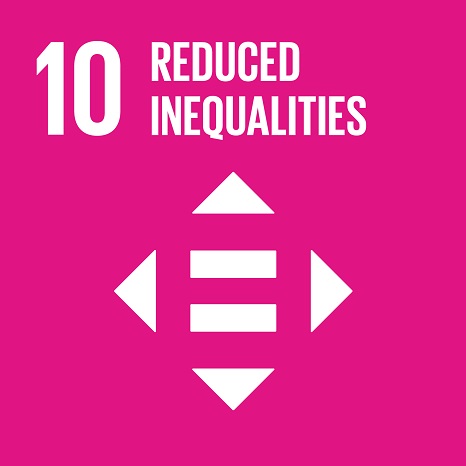Ciência_Iscte
Publications
Publication Detailed Description
Migrant children in Portuguese schools: the case of Brazilian pupils
Book Title
Children's lives in Southern Europe: Contemporary challenges and risks
Year (definitive publication)
2020
Language
English
Country
United Kingdom
More Information
Web of Science®
This publication is not indexed in Web of Science®
Scopus
Google Scholar
This publication is not indexed in Overton
Abstract
European societies are increasingly diverse: in 2015, 76.1 million international migrants were living within Europe (UNICEF, 2016). Of these, about 7 per cent, 5.4 million, are children, presenting different integration challenges for different European countries. This chapter focuses on Portuguese integration policies targeted at children of immigrants, before and during the economic crisis – namely, access to education and vocational training and other opportunities. Our purpose is to discuss children of immigrants’ experiences in Portuguese schools, in particular their family conditions, school paths and future orientations. The discussion is based on national and European reports, previous research, and also draws on data from quantitative research involving children with a Brazilian background. The aim is to acknowledge the experiences and the school paths of the children of Brazilian origin who attend Portuguese basic (elementary) education, and to assess specific challenges, representations and discriminatory practices relating to this group.
Acknowledgements
--
Keywords
Migrant children,Brasilian,Education,Family,Future orientations
Contributions to the Sustainable Development Goals of the United Nations
With the objective to increase the research activity directed towards the achievement of the United Nations 2030 Sustainable Development Goals, the possibility of associating scientific publications with the Sustainable Development Goals is now available in Ciência_Iscte. These are the Sustainable Development Goals identified by the author(s) for this publication. For more detailed information on the Sustainable Development Goals, click here.

 Português
Português


